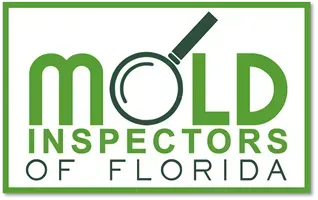7 Common Warning Signs Mold is in Your Home

Worried that you are missing common warning signs of mold in your home? Your home can be one of the most significant investments you will ever make. Not only is your home a substantial financial investment, but it is also your place of sanctuary, memories, laughter, family gatherings, and special moments. Every homeowner fears inevitable house repairs, knowing they could cause their piece of heaven to quickly become a piece of hell!
Mold is a real and looming fear in many homeowners’ minds, first because identifying and detecting possible mold problems can be intimidating and second because mold can be extremely daunting to remove!
There are thousands of mold variations that are commonly found in households. Interested in learning more about mold variations? Check out our blog here. Mold is not easily detectable, making it a silent killer to the structural integrity of your home and your family’s health! Regardless of the type of mold growth, it is vital to identify it and remove it as quickly as possible. Common places mold grows are basements, bathrooms, poorly ventilated dryers, dishwashers, or areas prone to flooding or leaks.
We know identifying mold within your home can feel intimidating. Don’t fear! We are here to help you along in this tricky process. If you are anxious that your home may have a potential mold problem, then you have come to the right place. Here we will discuss the top 7 signs mold may be growing in your home!
1. Unwanted Water in Unwanted Places? Leaking or Flooding
Have you ever experienced a water leak or flooding in your home? It is incredibly challenging to remove all the moisture in your home after an unwanted floor or water leak. Sadly, these hard-to-reach (and often forgotten) places are perfect breeding grounds for mold. If your home has experienced an unwelcome leak, there is a chance that mold is hiding where the water was. Mold flourishes in damp, dark places such as under floors and behind the paint in your walls, making it difficult to see.
Cracks and bubbles forming within your paint or wallpaper or bulging or warped walls can be a strong sign of mold burrowing under the surface. Another indicator of mold growth is water stains or discoloration on your floors, ceilings, or walls.
2. Drip… Drip… Drip… Condensation
Chilly, rainy day out? Cozying up near the window with a good book and cup of tea? Take a minute to note if there is any condensation forming on your doors and windows. If you see any condensation, this is a clear indicator of a substantial amount of moisture in the air. Concentrated amounts of moisture in the air will inevitably lead to mold. Mold thrives in humid, damp environments. Therefore, it is important to invest in a quality dehumidifier when preventing mold growth in a high-humidity climate. A dehumidifier can allow you to set the desired humidity level in your house, enabling you to remove excess dampness.
3. Feeling Under the Weather?
Mold can cause a plethora of underlying health conditions, and reactions can be severe in some cases. For example, if you or a family member suffers from allergies or asthma, mold can significantly enhance your symptoms, making it difficult to breathe! Want to learn more about respiratory concerns due to mold-related illness? Check out our in-depth article covering this topic here.
Frequent headaches and nosebleeds can also be indicators of mold growth within your home. As well as a constant runny or itchy nose, watery eyes, coughing, sneezing, and skin irritations.
Unsure if your health conditions are mold-related? A great way to test the theory is to spend a concentrated amount of time outside your home and note if your symptoms lessen or go away entirely.
4. What’s That Smell?
A key indicator of mold is its very distinct smell. Mold smells musty, damp, or earthy. Once you grow used to smelling a particular order, your brain will stop taking note of it, and you will no longer notice it. An easy way to tell if your house might have mold is to close up your home for 2-3 days and then return. After that, you may be able to smell mold within your home. As we discussed earlier, you don’t always (and often can’t) visually see mold, so if you can smell mold within your home, it is important to look into it! Check out our detailed article concerning the various smells of mold and what to do about it!
5. Rust
Take a few minutes to notice any metal surfaces you might have within your home; if you see rust along these surfaces, that is a clear indicator of excess moisture within your home. Mold is unlikely to grow on a metal surface because it prefers organic substances. However, rust is still a warning sign you shouldn’t ignore.
If you see rust occurring in your home, it is important to pursue the potential mold issue further!
6. Allergies
Mold is a living, breathing organism and releases microscopic spores into the air of your home, which you in turn unknowingly inhale. These spores cause an immune response, similar to the immune response triggered if you were to come into contact with any other germs, virus, or foreign bacteria. If you feel you are constantly struggling with “seasonal” allergies or flu-like symptoms, your immune system may be working to fight off the mold toxins within your home. Mold can cause allergy-like symptoms such as a sore throat, coughing/sneezing, a runny nose, and irritated skin.
7. I See You Growing!
Knowing exactly what to look for is critical when on a mold hunt! Mold often appears in the form of small dark spots and is easily mistaken for specks of dirt or smudges. Sometimes it appears as a light, silky thread. Need a detailed overview of the various types of mold, so you are confident in your mold hunt? Check out our article here discussing just that.
Another sure sign that black mold, in particular, is present in your home is the speed at which it grows. Black mold spreads at a rapid pac7 Common Warning Signs Mold is in Your Homee and is splotchy and black or brownish in color.
The above signs are helpful indicators of mold within your home, but professionals should do mold testing. While you can purchase mold test kits on your own, they are costly, and if you are unsure how to use these tests correctly, you can miss critical areas where mold is growing.
If you suspect you have mold in your home, are unsure, or are seeking peace of mind, call us to request an inspection. We offer comprehensive mold inspection reports that include valuable details such as photographs of the impacted area(s) and explanations of where and why the mold is present. Our reports have a quick turn-around time and are available within 72 hours of assessment. For an additional charge, you can have your results as quickly as 24-hours after inspection.
We strive to help your home remain your sanctuary! Here’s to your peace of mind!
Interested in staying up to date with the latest and greatest in the world of mold? Follow us on Facebook and Instagram!
SCHEDULE YOUR MOLD INSPECTION TODAY!
At Mold Inspectors of Florida LLC, we believe that pure air translates to pure joy when a building is regularly occupied, and we want you to have peace of mind knowing where and why mold growth is occurring so that you can have the problem resolved as soon as possible. Contact us today to request an appointment.
Ask for more information about our 10% discount for active-duty military and veterans. Weekend and evening appointments are available.
We accept online payments.

Contact Us
Mold Inspectors Of Florida LLC
Jay Widman - Lic #: MRSA 3308
Call Us:
Request Inspection:
Mold Inspectors of Florida | All Rights Reserved | Powered by Aletheia Digital

